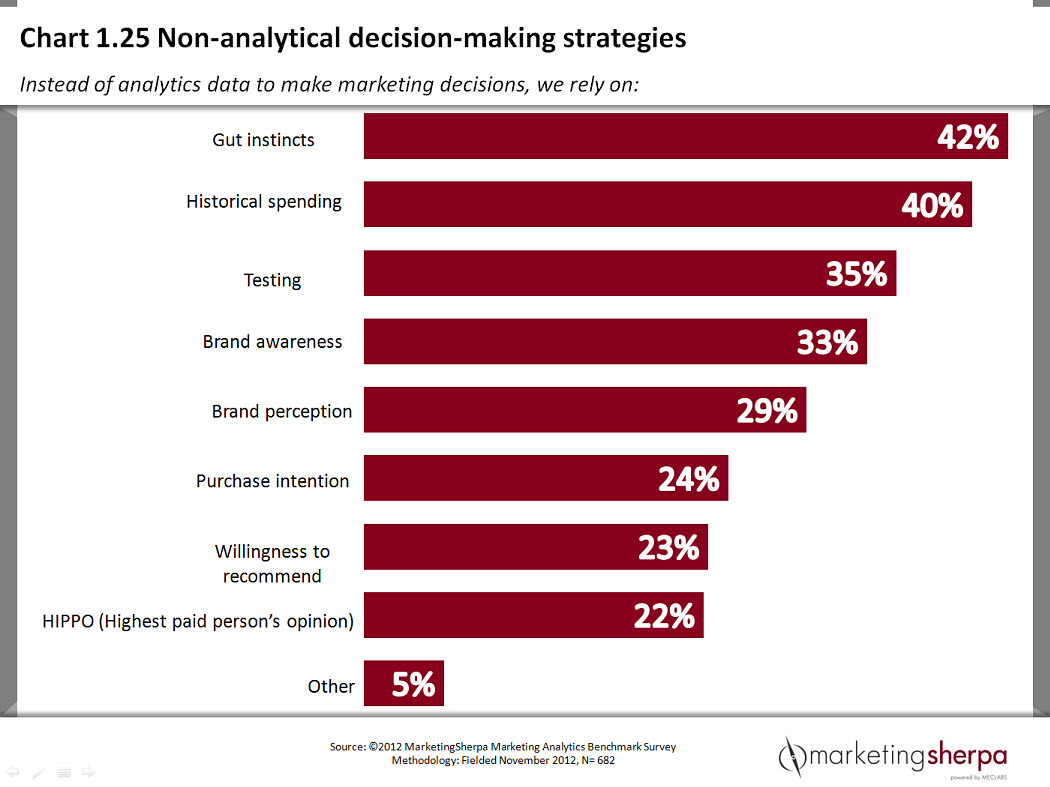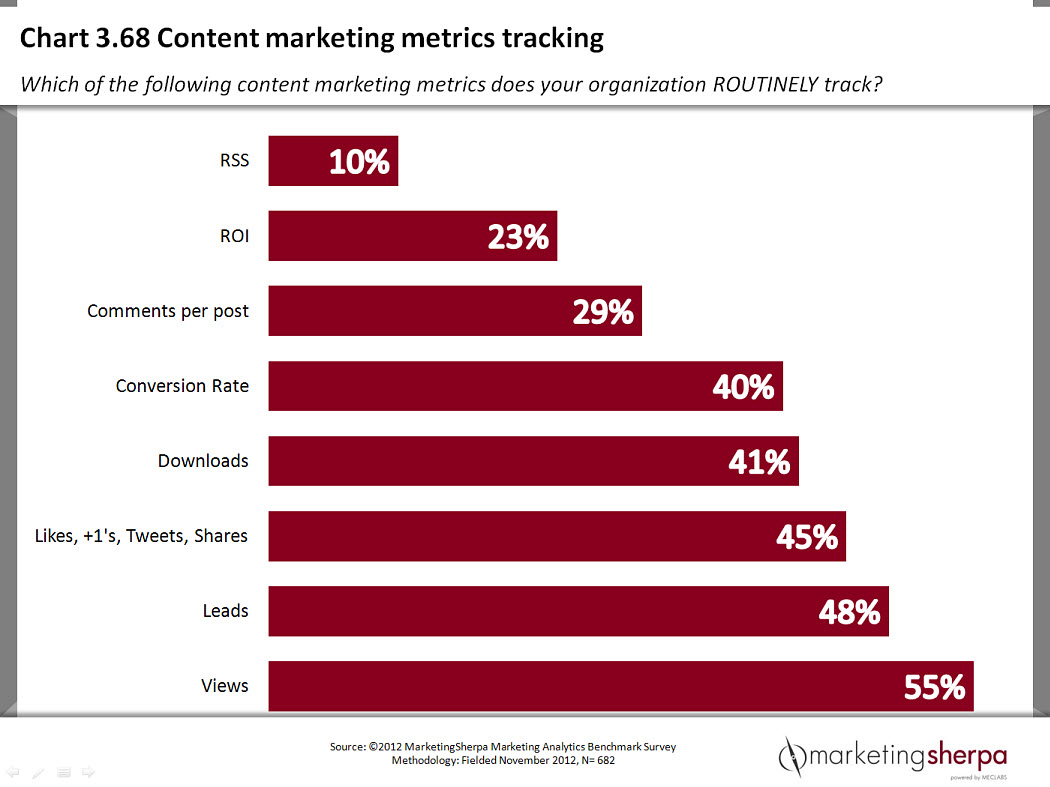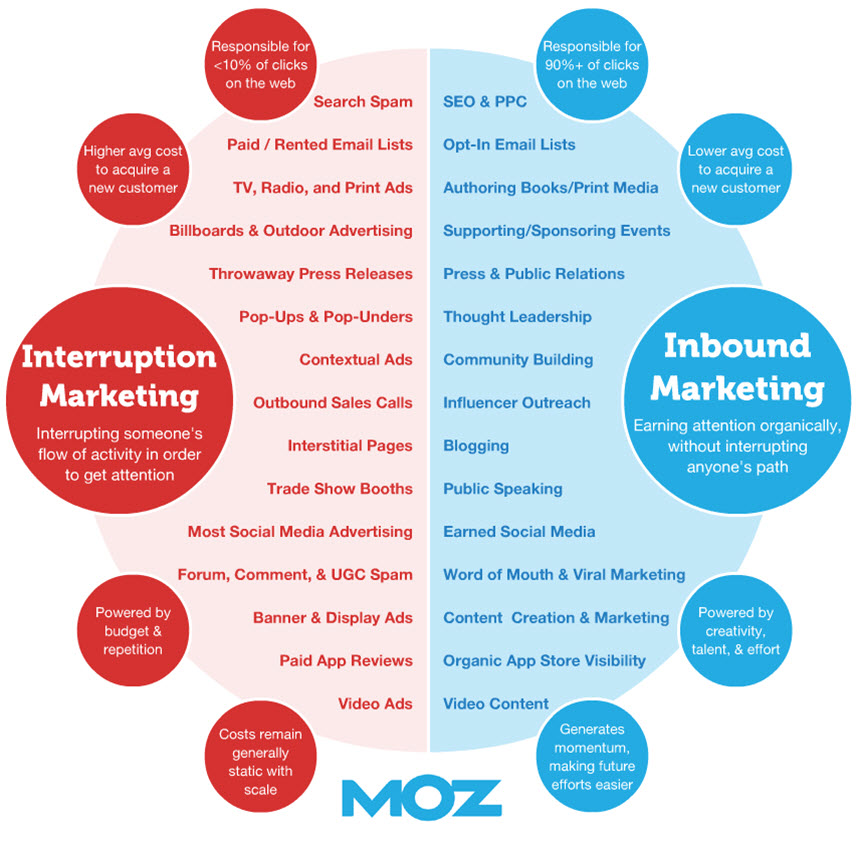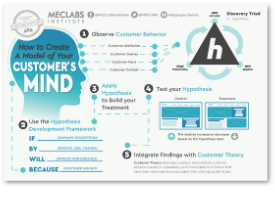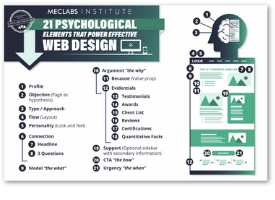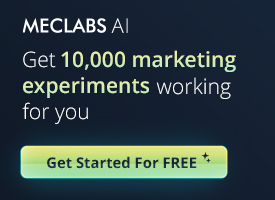Online Marketing: 3 website optimization insights I learned from baking
Ever since I was a little girl, baking has been a hobby of mine.
There has always been something satisfying about attempting to master the complexities of baking.
Although the realist in me knew I wasn’t going to hit the big bucks through baking, I have found a few ways to apply some of the lessons I’ve learned from baking to my work as a research manager at MECLABS.
In today’s MarketingSherpa blog, I wanted to share three insights into how I think about testing and marketing as a result of my baking attempts.
Don’t stick with the directions on the box
Some of my best cakes have come from getting creative and literally thinking outside the box by adding different ingredients, or from asking friends what kind of crazy cake ingredients they’d like to try.
When working with one of our Research Partners to create a testing strategy, I often find myself confined to my own thought track – which I’ll admit can cause the creativity of test ideas to become stale and truthfully, can even get a little boring sometimes.
So, brainstorming with others in our peer review sessions is a great way to add those “new ingredients” to a test design to hopefully help our Research Partners learn more about their customers.
Beware of offering coupons in the Sunday paper too soon
Betty Crocker’s coupons excite me every time, and it’s a marketing tactic that stretches all the way back to 1929.
That’s when the company first decided to insert coupons into the flour mixture part of the box mix. And, I’ll admit the tactic works on me because I often find myself staring at the Save $1.00 off TWO boxes of cake mix coupon and debate a trip to the store.
But, here’s the big question … am I being motivated to buy more because of my aggregate experience with the product, or because of the value proposition offered in the coupon?
Before I even saw the coupon, I wasn’t planning on buying cake mixes, but now I’m thinking about it – why should I buy more cake mix from you? It will cost me more regardless of the coupon savings.
Now, I understand the idea of incentives and they can work – people have a hard time letting savings slip through their fingers, but offering incentives right off the bat isn’t always the best answer to increasing conversion and here’s why …
At MECLABS, we generally stress incentives should be the last resort in your testing efforts to see a quick win. The reason for this is offering incentives can skew your understanding of true customer motivation, as you can tell from my coupon example above.
My need for cake mix is why I initially purchased, and a coupon incentive may not be the optimal solution to keeping me as a return customer or attracting new customers.
So, before you worry about the coupons and other incentives, try to make sure you have the basics covered first:
- A website that visitors can easily navigate and find what they’re looking for.
- A simplified purchase flow for potential customers.
- Easy, accessible support for your customers when they can’t figure things out.
If those items are in place and you’ve tested for the optimal user experience, then you can begin to explore incentives.












